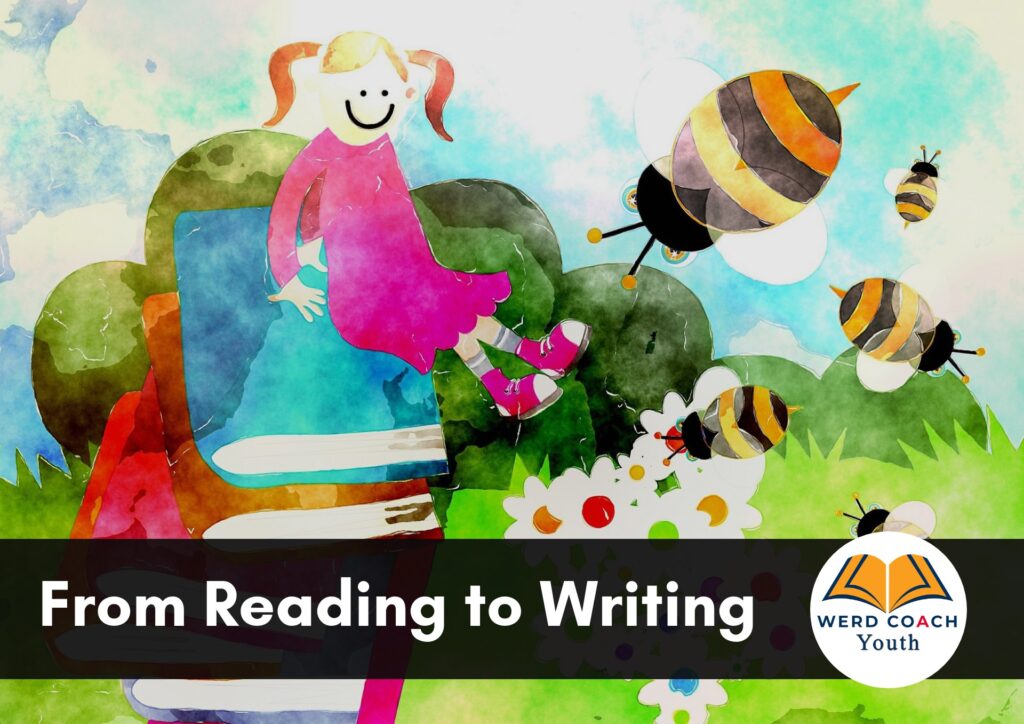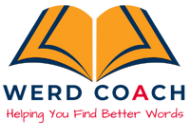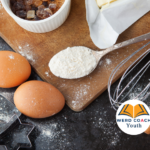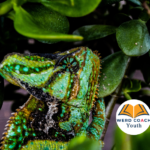Even though definitions of literacy include reading and writing, most people focus on reading when they talk about improving literacy. Many literacy programs stop after getting participants reading and don’t move on to getting participants to express themselves beyond responding to what they’ve read.
It’s true that writing and reading are like two sides of the same coin, but it’s important to note that one focuses on receiving information while the other is about expressing ideas. So after reading is done, and the discussion is finished, it’s time to move on to the writing.
It’s true that when students do comprehension questions they have to write their responses, so technically it’s writing too, but creative writing is more than that. It’s about creating new content, sharing new ideas. And that’s the part that challenges many children.

So how do you move children from reading and understanding to expressing their own ideas?
Here are three suggestions.
1. Have the child compose their own story/article from the main idea of what they’ve read. For example, if they read an article about a famous person, talk to them about other famous people and have them write about someone they admire who is famous.
2. When reading, look at various aspects of how the writer presents ideas. Identify a few of these and have students practice them. For example, look at literary devices like metaphors, similes, and imagery, and have the child write a piece using the device highlighted.
3. Consider the vocabulary in the writing. After making sure the children understand the meaning of each word, have them select one of the words they find fascinating, different, or otherwise different (maybe they think the meaning is funny) and use that as a catalyst for creating a story.
There are other methods and options that you can try, but remember that your aim is to move beyond the content of the reading to the creation of new content.



